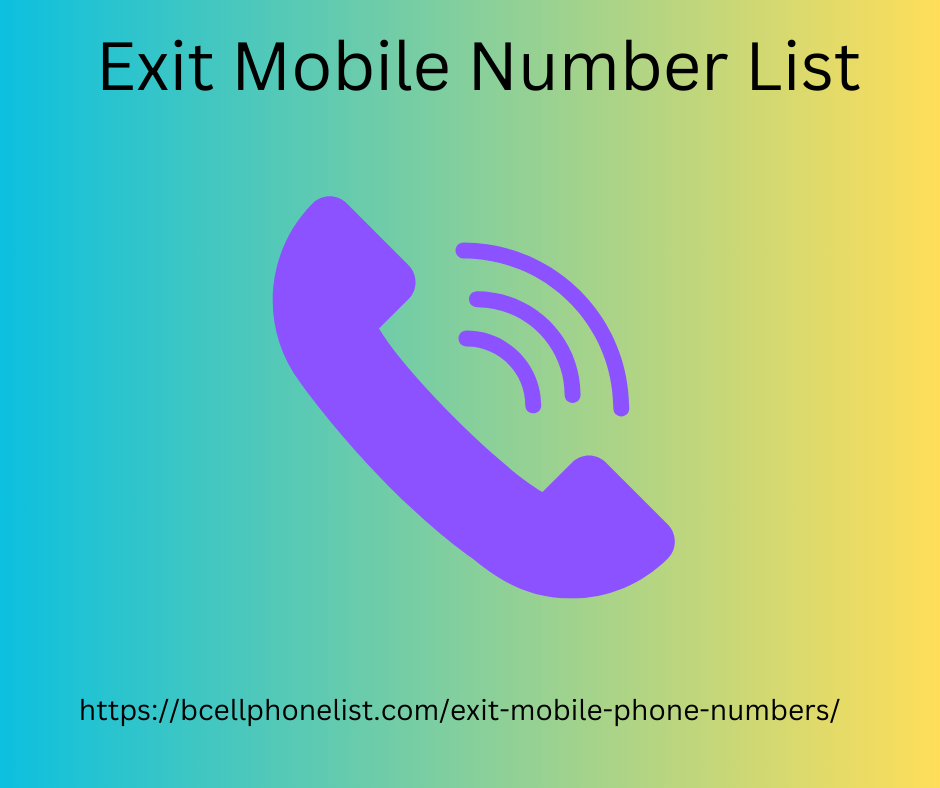|
|
Huge change in the way women talk online, with negative tweets about beauty and body image sent by women dropping from over . million in to . million in –a . decrease year over year. Giving brand advocates freedom on social media Dove recognizes that content creators are best placed to create content! The majority of its promotional product images on Instagram are repurposed or reposted influencer snaps. Instead of the often bland shot of a polished Influencer holding a product up to the camera, Dove choses to work with a range of influencers with
varying skin types, body shapes, and cultural backgrounds, allowing them to choose how they want to profile Dove products. In other words, Dove is relying on the power of peer-to-peer recommendation instead of pushing unattainable beauty Exit Mobile Number List ideals to the ever-impressionable social media masses. For example, they regularly run targeted social media takeovers that feature their brand partners, such as having body-positive influencer Gabi Fresh take over their Instagram Stories with a Q&A and her own engaging video content. Tapping into the Influencer community like this further helps Dove to communicate their brand messages in a meaningful and authentic way. Surprise Strategic Partnerships Working with Twitter now X in it was an

unexpected move and one which paid off in terms of talkability and branding. Likewise, the Shutterstock and Getty collaborations showed incredible foresight - by teaming up with creative origins of beauty campaigns, Dove was helping to effect change in global advertising, not just in their ads. Influence on sister brands Dove’s parent company, the global consumer goods giant Unilever active in over countries with over diverse brands has clearly applied some of their successful digital-based ideas on perception into their other beauty brands. For example, in , Simple Skincare invested £m in a new campaign called ‘City Living’, which was designed to .
|
|